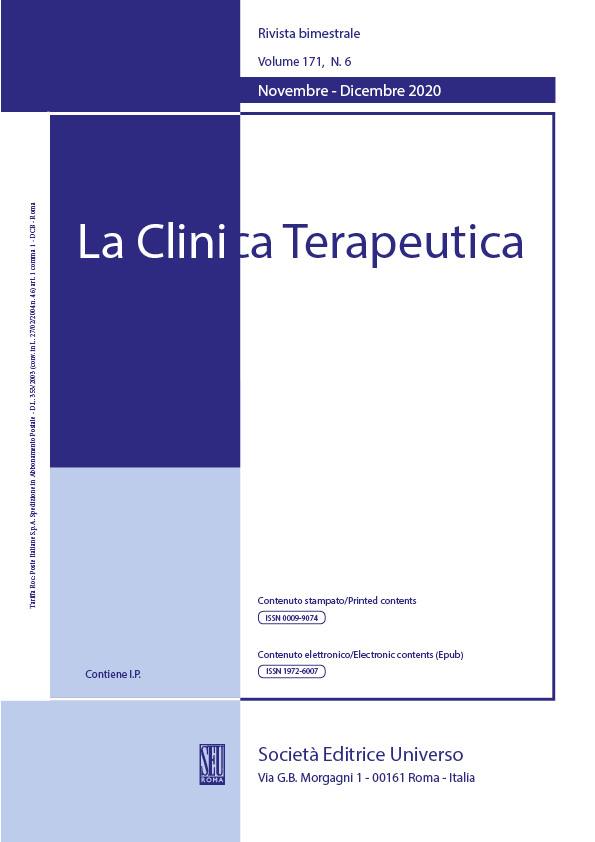Abstract
An increased secretion of procalcitonin (PCT) is primarily due to systemic inflammation of bacterial origin, as PCT is used to diagnose and manage sepsis. However, other conditions can induce high plasma levels of PCT, and hemorrhagic shock may be one of these as we found in clinical practice. The aim of this pilot, observational and prospective study was to investigate the role of PCT in hemorrhagic shock and if it could help in distinguishing between different types of shock. We enrolled 15 patients who entered the shock room of our Emergency Department (ED) with a diagnosis of hemodynamic shock, defined as hypotension (systolic blood pressure < 90 mmHg, or medial arterial pressure < 65 mmHg), and/or elevated lactate level (> 2 mmol/L), with one or more signs of cerebral or systemic hypoperfusion. For all the patients we dosed PCT at the time of admission, and we collected them into three different groups – septic, hemorrhagic and mixed shock – based on clinical presentation and laboratory and instrumental examination. First results did not show a significant increase of PCT in patients with hemorrhagic shock alone (average 0.12 ± 0.07 ng/mL), while PCT levels were similarly high in those with septic and mixed shock (17.63 ± 32.16 and 24.62 ± 33.02 respectively). PCT is not a marker of bleeding shock and does not help in distinguishing if bleeding or sepsis have the major impact on hemodynamics in those with mixed shock. However, patients with sepsis usually access the ED a few days after the initial infectious and inflammatory process has begun, while those with a major bleeding ask for intervention at the very first beginning. Thus, it may be helpful to see is PCT levels rise after some time from the bleeding start, or to investigate a different biomarker that rises earlier in course of systemic disfunction, such as presepsin.
Finally, we also aimed at investigating if PCT levels would show any correlation with age of patients, regardless of the type of shock: results provided an higher PCT in individuals ³ 80 years old, than in those < 80 years old.
